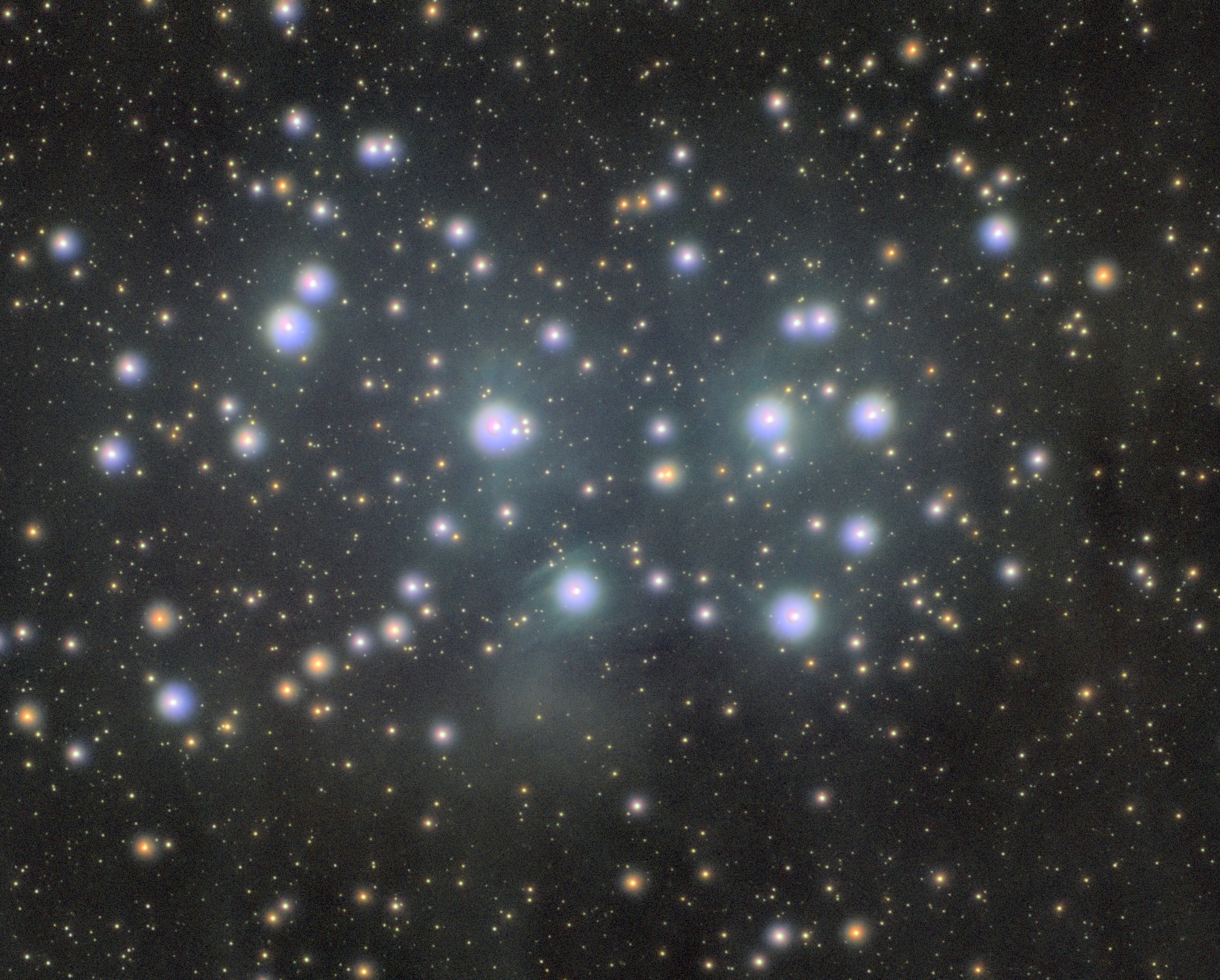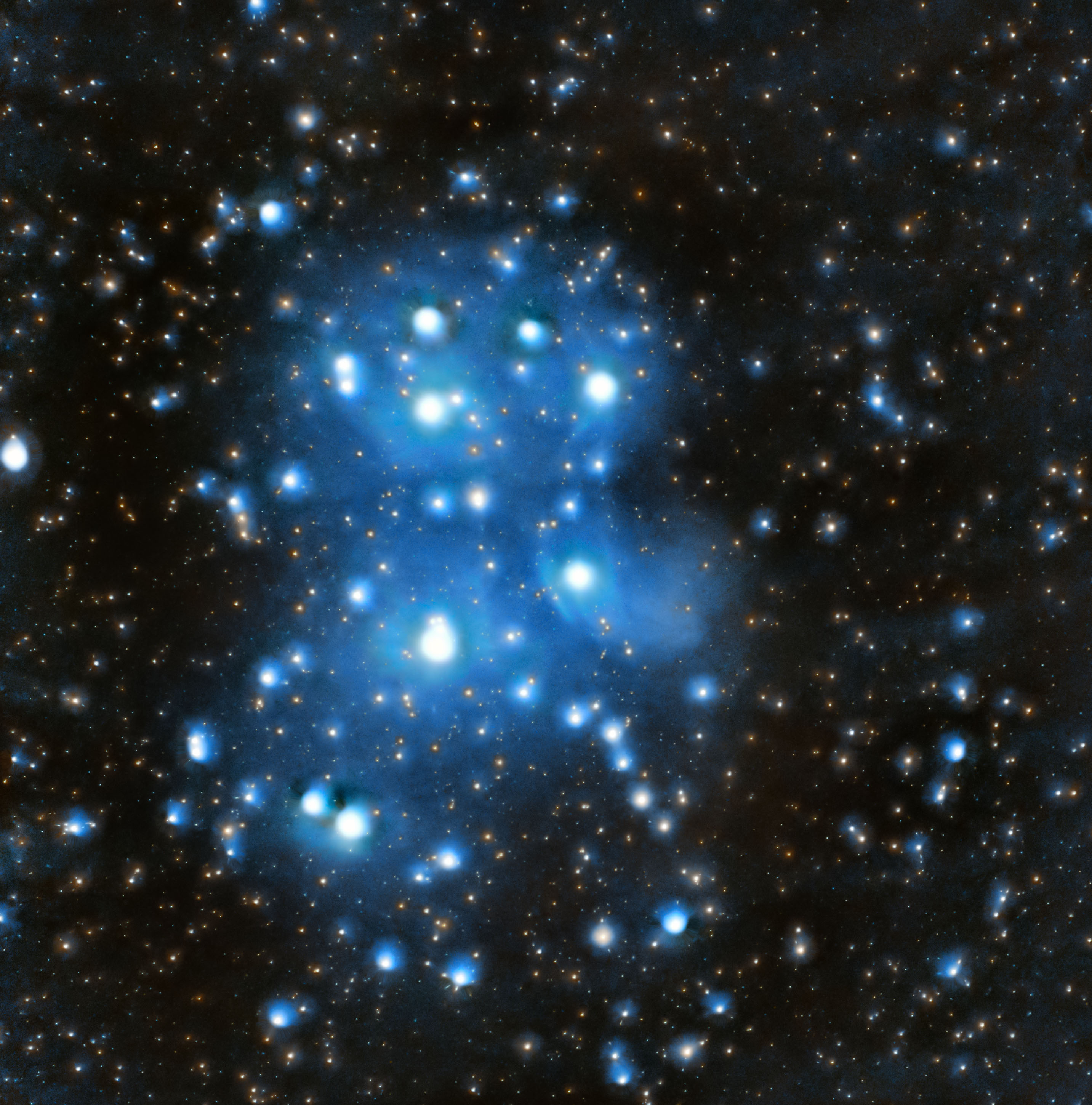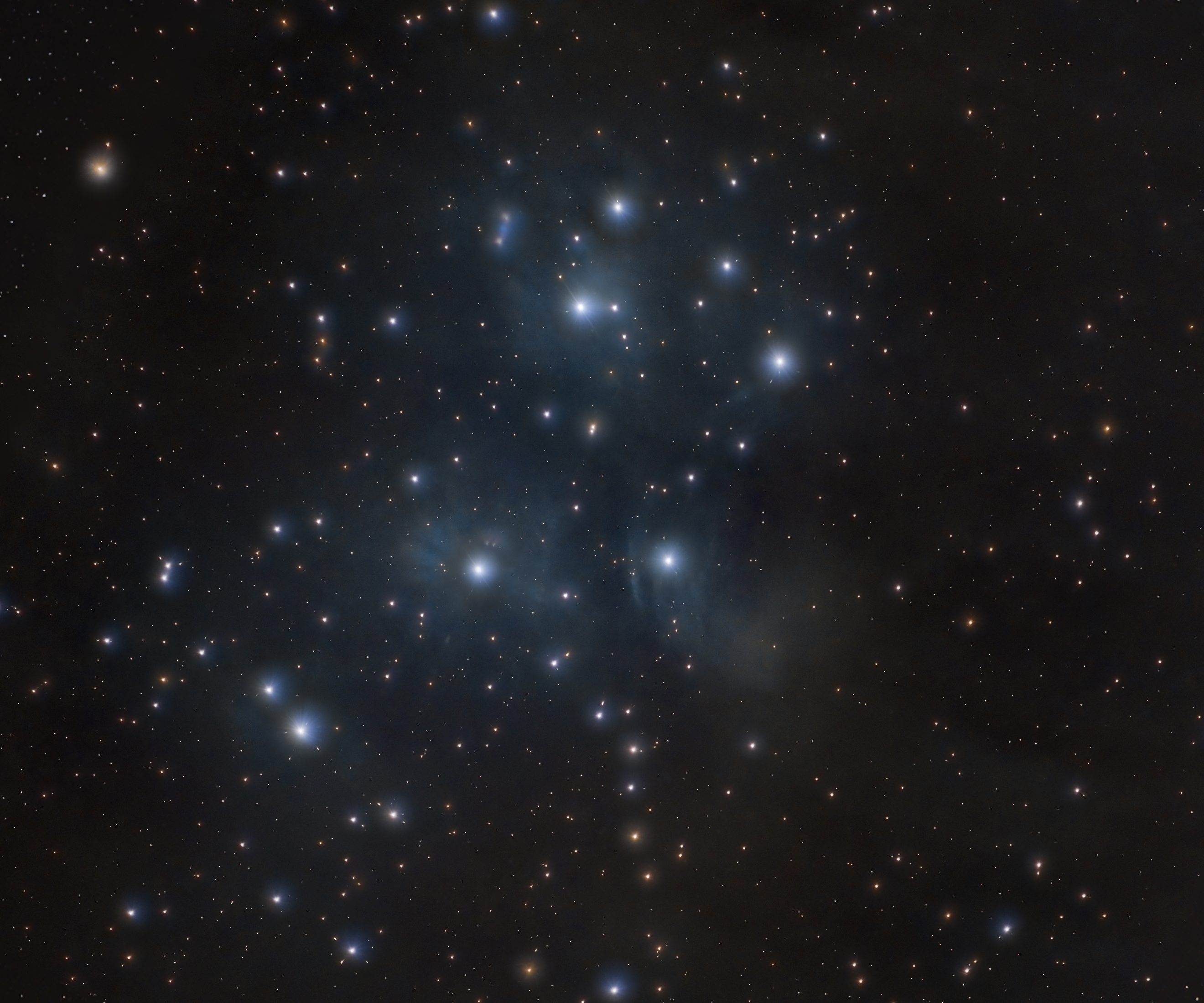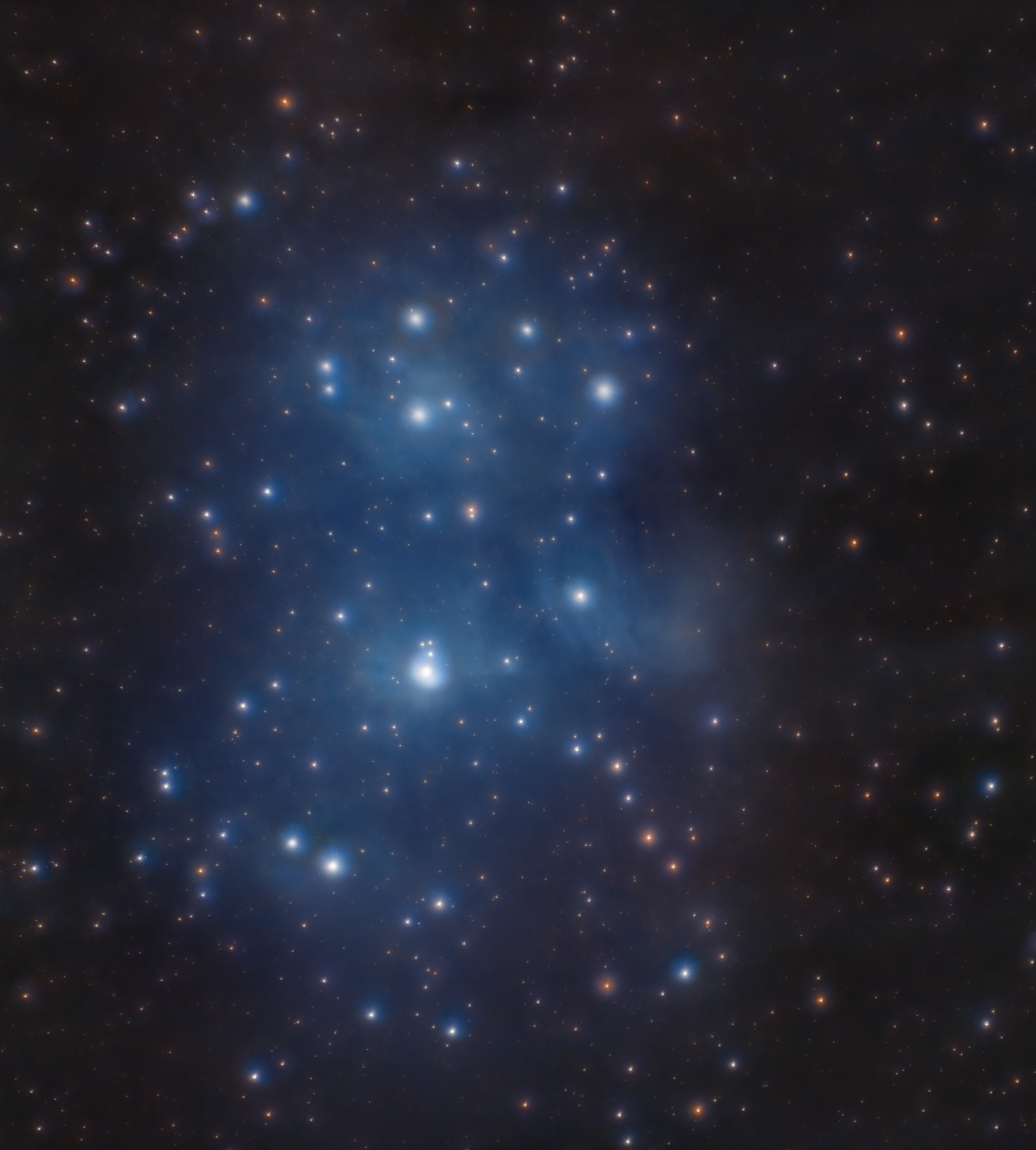Can anyone process this m45 to their own style. I'm curious if i can it get more clear data from the nebula surrounding the stars.
https://www.mediafire.com/file/srp3cwdzchke818/m45+300mm+gx+169.fits/file
https://www.mediafire.com/file/srp3cwdzchke818/m45+300mm+gx+169.fits/file






